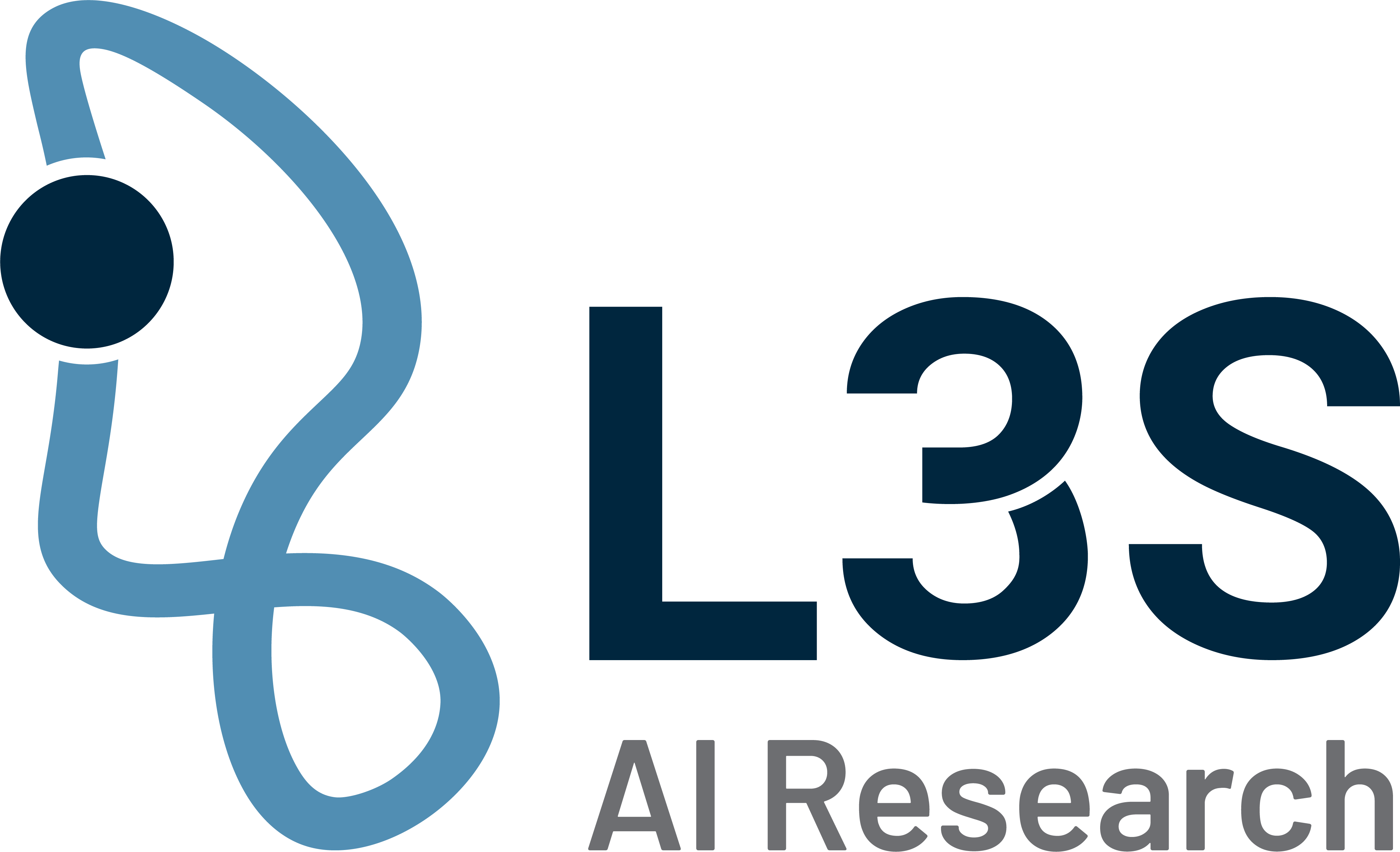The HashGNN algorithm presented by L3S researchers Prof Wolfgang Nejdl and Wei Wu at the Web Conference 2021 has been implemented in the Neo4j Graph Data Science Library, thus allowing easy application on Neo4j graphs. HashGNN (#GNN) is used to embed nodes into a graph – essential for tasks such as link prediction and node classification. The technique is not only easy to use but also very efficient: to speed up the calculations, HashGNN uses the locality-sensitive hashing technique MinHashing, making it significantly faster than traditional neural networks. Another advantage: unlike typical neural networks, HashGNN does not require any model training, which simplifies the embedding process.
About Neo4j
Neo4j is a native graph database implemented in Java. It is an open-source database engine that structures data in graphs rather than tables. Released in February 2010, Neo4j stores data as nodes and relationships, making it well-suited for managing connected data and enabling powerful graph-based queries and analytics Neo4j can be used for various purposes, including graph data science, visualization, and deployment in the cloud or on-premise. It is particularly useful for applications that require modelling and analyzing complex relationships between entities.
The following article provides an in-depth look at how HashGNN works and its implementation in Neo4j GDS:


